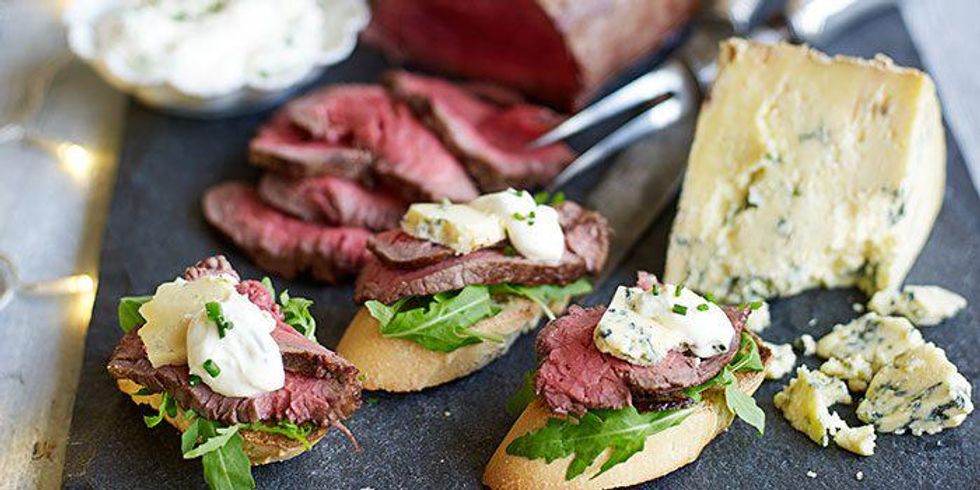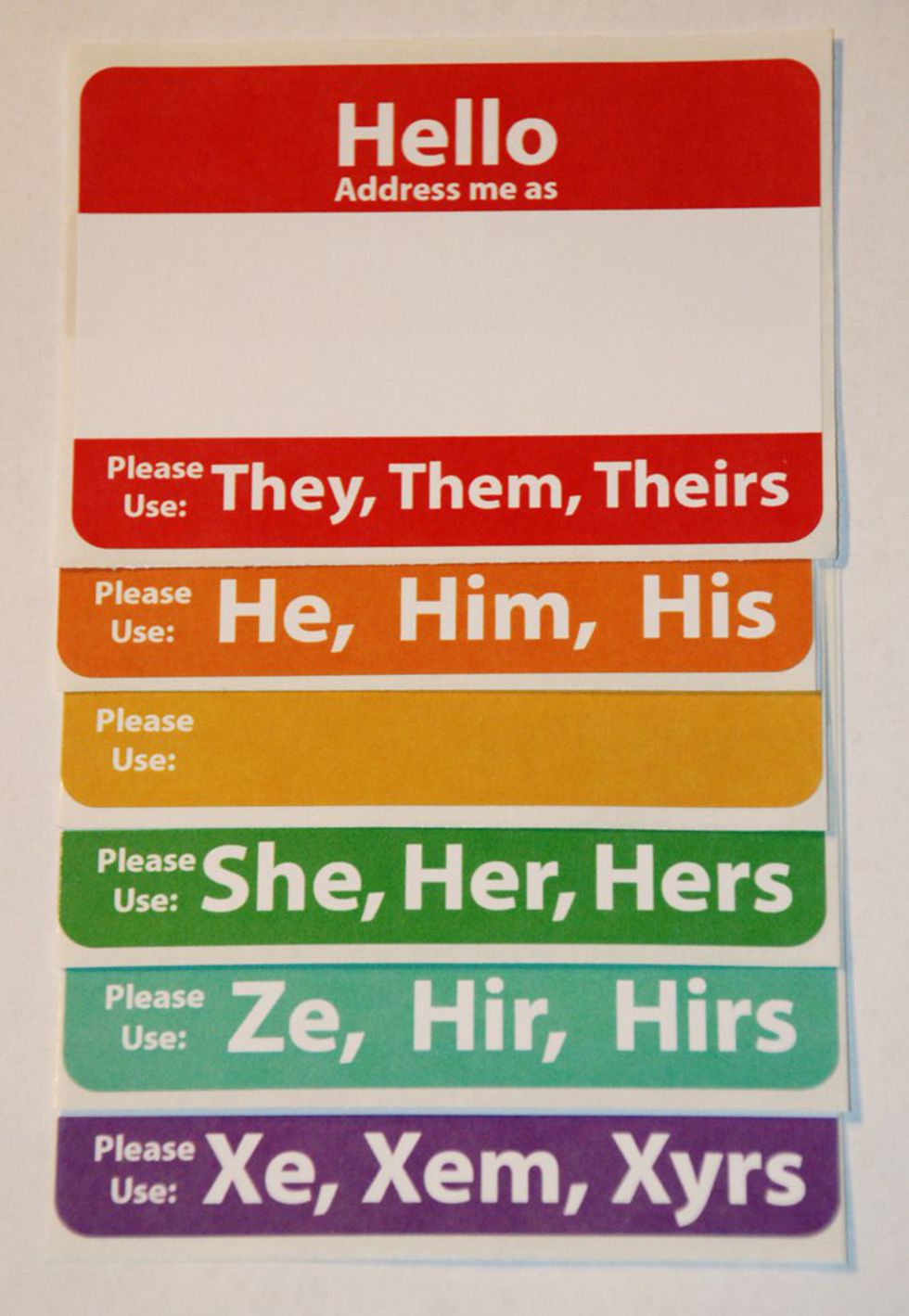Deciding on a menu for a dinner party is trickier than it may sound. You need to serve something which is satisfying without being stodgy, crowd-pleasing without being predictable, and which also meets all your guests’ dietary requirements.
It can all be quite overwhelming, but it needn’t be. Follow the simple guidelines listed below to make organizing a dinner party menu easier and fun.
Choose your main first
The main course is the star of any dinner party. Guests can forgive a simple starter, or a ready-made dessert, but an underwhelming main will put a dampener over the whole evening.
There are three questions you should ask yourself when deciding on your main. The first is what is in season? Seasonal food not only helps to create the right vibe for a sunny summer gathering or a cosy winter supper, but it will also taste better.
Secondly, consider the amount of people you're going to serve. With smaller gatherings you can create individual plates, but if you're serving more than six people, it’s better to prepare something with cost-effective ingredients you can make in larger quantities.
Lastly, be aware of your guests’ dietary needs. If one or more of your guests is vegetarian, vegan or gluten or lactose intolerant, you may want to serve something which can be easily adapted for them, or make a separate dish. Either way, it’ll make them feel cared for.
Consider how you’ll serve it
The term ‘dinner party’ may conjure images of different courses being served to each diner on separate plates, but most dinner parties are much more casual.
90% of dishes can be served family-style, meaning having platters in the middle of the table for everyone to serve themselves from. This works well for pasta, stews, curries, and salads, and helps create a relaxed vibe.
That said, some dishes, such as roasts and slow-cooked meals, are better suited to individual plate service, or perhaps you'd simply prefer a more formal atmosphere. Just bear in mind that you may need to bring in help if you're hosting a larger party in this manner.
Simple sides
If the main is the star of the show, you don’t want a side dish pulling focus. Not to mention, you don’t want to make too much work for yourself.
Serve sides you can prepare in advance, such as salad, vegetables, and room-temperature grains. Potatoes can also be made earlier and then re-heated without losing their flavour. Don’t be tempted to try more than two side dishes. Generally, a vegetable dish and a carbohydrate will be sufficient.
Something to snack on
Having something for guests to nibble on as they walk through the door allows for a more relaxed pace and prevents people growing too tense if there are any late-comers.
Since you’ll be making a few other dishes, keep snacks simple. Olives, nuts, posh cheese and crackers, and toasts with pretty toppings like chopped tomatoes and basil are all great choices.
Interesting wines
You don’t need to spend a fortune on wine, since price is often little indication of quality. Buy a couple of posher bottles for the meal, and then stock up on the cheap and cheerful vintages for after.
The general rule is to pair white wine with white meat and fish, lighter meals and creamy sauces, and red wine with dark sauces, red meats and heartier fare. However, if you’d like to try something a little different, consider buying orange wine.
Orange wine isn’t wine made from oranges, but rather white wine made using the methods of red, leaving the skins on the grapes to produce tannins. This results in a spicier, drier white wine which is sure to bewitch even the most pompous wine snob.
End on a sweet note
A delicious dessert is the perfect way to end a successful dinner party, but you don’t need to fret over it.
After a good meal, most guests aren’t going to thank you for placing a huge rich pudding in front of them. Keep it light and sweet, in the form of a spongy tart, sorbet, or fruit and ice cream.
Once you’ve put these tips into practise, you'll have fully mastered the art of the dinner party menu.
.























